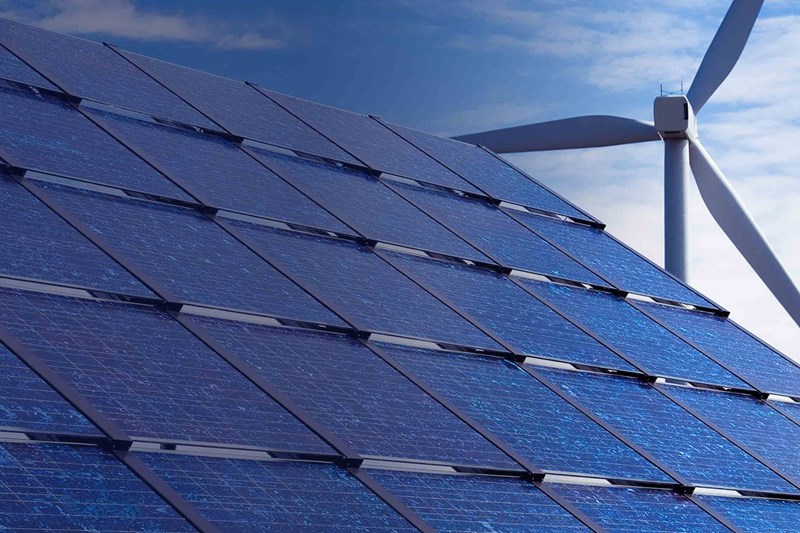Three global wind turbine technology trends to watch
How will changes to onshore and offshore turbine technology impact the industry?
1 minute read
Wind turbine original equipment manufacturers (OEMs) and component suppliers worldwide are under tremendous pressure to innovate, invest wisely in research and development and reduce the time to market for next-generation technologies. So, how are OEMs adapting to the shorter commercial life cycles of latest-generation turbines, coupled with rising competition and a race to lower the levelised cost of electricity (LCOE)?
Our 2021 Global Wind Turbine Technology Trends report dives into the latest developments across key capital components and how these advancements will impact the industry. Fill in the form for a complimentary extract, or read on for the top three trends to watch.
1. Onshore NPI cools down
Following the frenetic pace of onshore new product introduction (NPI) over the past four years, OEMs will slow down the pace in the next two to three years. Leading OEMs face diminishing profitability as turbines reach technology entitlement, forcing them to reduce technology capital expenditures and supply chain investments. Instead, OEMs have begun to position similar product variants across global markets, maintaining flexibility for minor product customisation for different wind regimes. Deploying similar products across major onshore markets eliminates the need to maintain multiple product platforms; by extending existing products, OEMs can lower new technology introduction costs.
As turbine OEMs focus on squeezing profits from existing platforms, R&D for new onshore technologies will be much more selective and strategic. The emphasis will be on rotor extension versus MW uprate to increase performance at low-wind sites, capture repowering opportunities and achieve success in emerging nearshore markets.
2. Offshore turbine innovation heats up
As demand for offshore wind skyrockets, the focus of technological innovation will shift towards offshore turbine development. Although the onshore new build capacity has continued to dwarf new offshore capacity in the short-term, the average offshore turbine rating growth will outpace onshore development in the next decade. This demonstrates efforts by OEMs and suppliers to scale up technologies that will lower the LCOE.
Next-generation offshore platforms will likely see regional variation: Western turbine OEMs thrive on power uprates, while Chinese OEMs emphasise rotor upgrades. Offshore turbine sizes are expected to reach 20MW in the next decade, with rotors inching towards 300m.
Next-generation offshore turbine technologies will focus on:
- Turbine modularisation
- Low wind specific turbines
- Typhoon resistant variants
- Near-shore turbines
3. Transportation constraints dominate supply chain challenges
Logistics and transportation issues have become the primary limitation preventing turbine technology scale-up. As global turbine technology continues to trend towards taller towers, larger rotors, and longer blades, components have grown so massive that many face technical and economic challenges getting to project sites.
OEMs and component suppliers are working to circumvent these transportation challenges by introducing integrated product modules customised to weight and sizes that meet permissible transport limits. Solutions to address these logistics issues include split blade technology, integrated drive train modules and nacelle modules, segmented tower sections and on-site manufacturing of towers. Alternate tower technologies are gaining prominence to ease logistics constraints and lower the costs of scaling up towers – while harnessing higher wind speeds in the process.
Our full 2021 Global Wind Turbine Technology Trends report contains more in-depth insights, including key trends across regional markets and component-level dynamics related to blades, gearboxes, converters and controls, generators, bearings and towers.
For a complementary extract, fill out the form at the top of the page.
Power & Renewables Conference: APAC
Our Power & Renewables Conference will shed light on global expectations for climate change action in Japan, South Korea, China, Australia and other key APAC markets.
Global expectations for action on climate change in Asia have soared since China announced a 2060 carbon neutrality target in September 2020, followed by 2050 targets from South Korea and Japan in October.
Our experts will explore these ambitious goals, together with leading solar, onshore and offshore wind developers, utilities, investment groups, and regulatory bodies.







